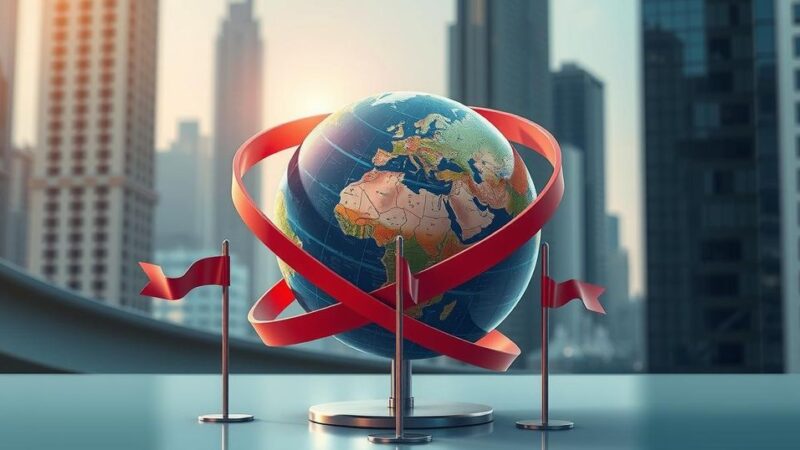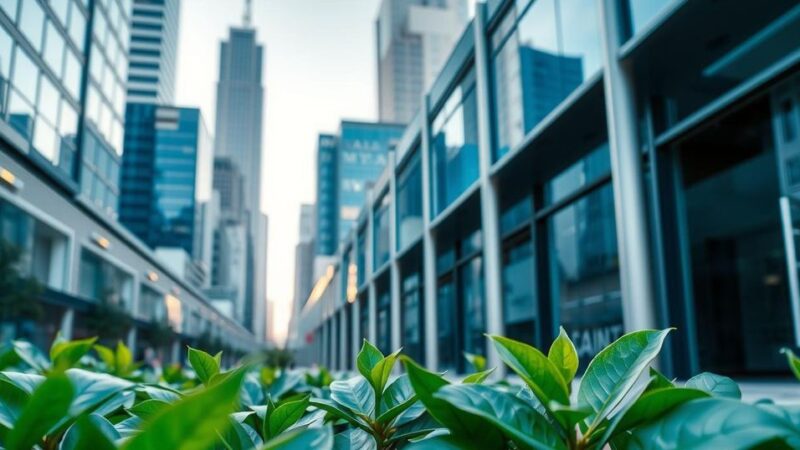This edition of Latam Insights reveals El Salvador’s contemplation of converting potential $3 trillion gold reserves into Bitcoin, Argentina’s initiative to attract foreign crypto ETFs, and Brazil’s Central Bank considering the repeal of stablecoin self-custody bans, illustrating an evolving cryptocurrency landscape in Latin America.
This week’s edition of Latam Insights focuses on significant developments in the cryptocurrency realm within Latin America. In El Salvador, President Nayib Bukele is considering utilizing potential gold reserves, currently valued at $3 trillion, to enhance the nation’s Bitcoin holdings. Meanwhile, Argentina has initiated a movement to attract foreign investments in cryptocurrency ETFs, broadening the investment landscape. Additionally, Brazil’s Central Bank is contemplating the retraction of its ban on stablecoin self-custody, creating opportunities for regulatory flexibility.
A recent exploration of El Salvador’s mining areas has revealed that a mere 4% have been surveyed, yielding an estimated 50 million ounces of gold worth approximately $131 billion. President Bukele asserts that a complete exploration could elevate this figure to over $3 trillion, outstripping the nation’s GDP substantially. Influential Bitcoin proponent Max Keiser has advocated for this gold to be converted into Bitcoin investments, proposing the issuance of convertible preferred shares for maximizing the acquisition of Bitcoin. “El Salvador should monetize this $3 trillion in gold by selling a series of 0% convertible preferreds…and buy as much bitcoin as possible under $200,000,” stated Mr. Keiser.
In Argentina, the National Securities Commission (CNV) is allowing foreign investment products related to various cryptocurrencies, including Bitcoin and Ethereum, to flow into the market under the CEDEARs framework. This facilitates local investors in accessing international assets, enabling a portfolio diversification and fostering economic growth under President Milei’s libertarian policies.
Conversely, the Brazilian Central Bank has indicated it might revise its strict regulations around stablecoins, previously set to outlaw self-custody. Renato Kiyotaka Uema noted, “This is a public consultation, so if there are suggestions that mitigate these risks, the technical area will act to interfere as little as possible with the market’s agility.” This reflects a potential shift towards a more accommodating regulatory environment in Brazil, contingent upon effective risk management proposals.
Together, these developments outline a dynamic landscape for cryptocurrencies in Latin America, marked by exploration of asset monetization, evolving investment frameworks, and potential regulatory revolutions. For ongoing updates and comprehensive analyses, signing up for the Latam Insights newsletter is encouraged.
The Latin American cryptocurrency market has been experiencing significant changes, with various countries exploring ways to integrate digital assets within their economies. El Salvador, famously known for its Bitcoin adoption, is now looking to leverage its gold resources. Argentina’s recent policy shift towards accepting foreign crypto ETFs underlines the country’s proactive measures to attract investment amidst economic challenges. Meanwhile, Brazil’s tentative steps toward reconsidering its stablecoin regulations hint at flexibility in a previously stringent approach.
In summary, the recent developments across El Salvador, Argentina, and Brazil showcase an evolving cryptocurrency landscape in Latin America. El Salvador’s potential gold-to-Bitcoin strategy could revolutionize its economic framework, while Argentina’s embrace of foreign crypto ETFs signals a burgeoning investment climate. Moreover, Brazil’s Central Bank’s openness to revisit stablecoin regulations could pave the way for increased market agility. These strategic moves could position Latin America as a formidable player in the global cryptocurrency arena.
Original Source: news.bitcoin.com





